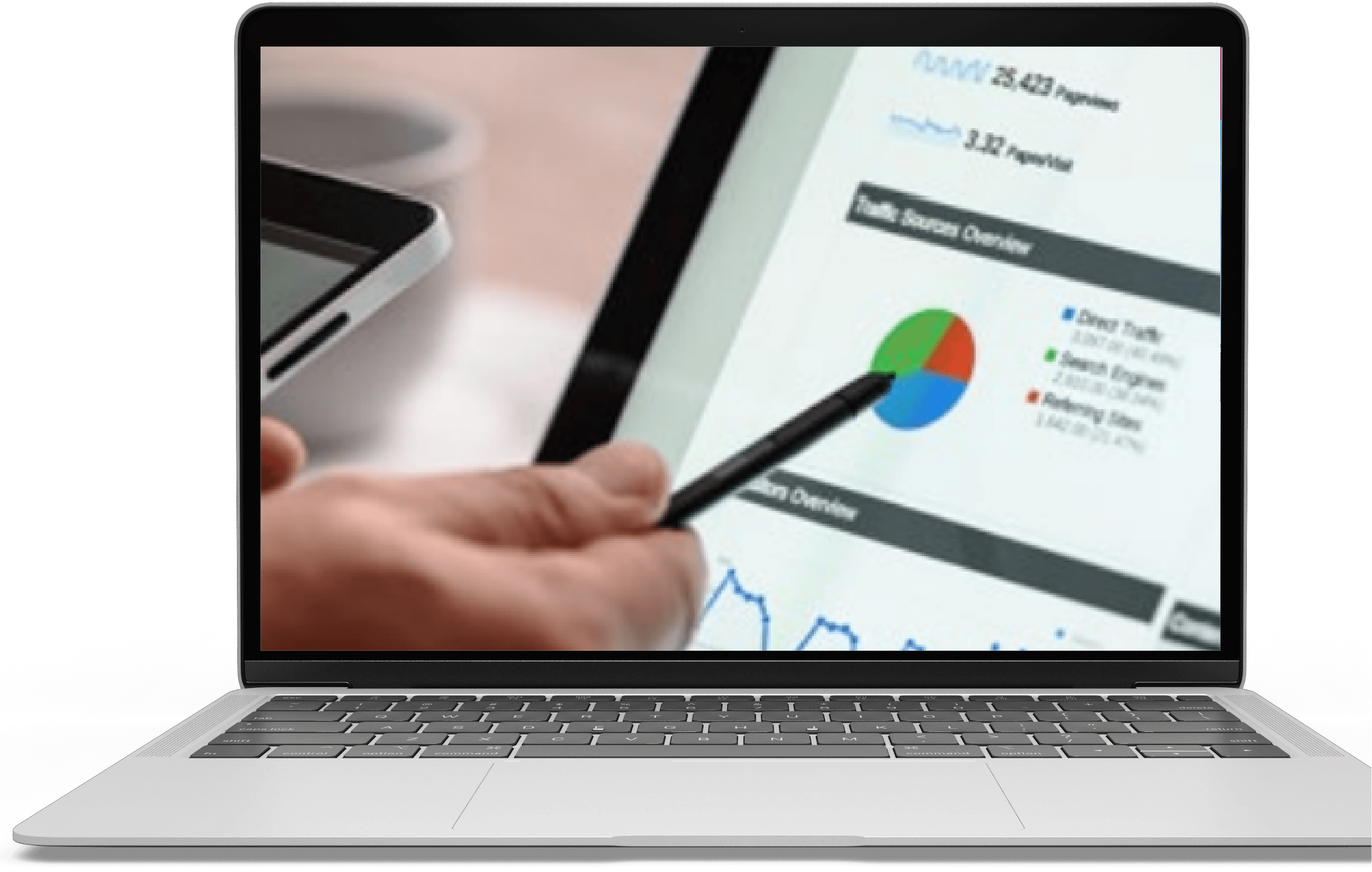What is it?
Historically, SEM has been used to describe any activity that benefits how your website appears on a search engine. However, in recent years, the term has come to describe paid search ads (text-based) on search engines.
What is it?
Immediate Traffic
Because of the time it takes for organic search engine optimization (SEO) activities and content development to show results on search engines (six to eight months), SEM provides a relatively simple way to get your brand in front of search engine users immediately.
Low Costs
Most search ad programs (e.g., Google Ads) provide a platform where just about any budget can thrive. Google Ads, for example, typically uses a CPC model (cost per click) where business owners only need to pay for clicks on their ads. In some instances, these clicks can be as low as 10 cents or as high as $20+ per click. This scalability in budgeting makes it one of the most versatile tools around.
Paid search ads rely on relevance to the searcher. With Google Ads, businesses can bid on search keywords (typed in by users) so ads can be displayed for those searches.
As a result, your campaigns will be targeting users who have already indicated interest/intent for what you have to offer.
This type of targeting makes paid search ads much more powerful than banner ads that tend to only rely on demographic, geographic, and psychographic groupings.
How do I start?
Google Ads is the industry-leading SEM tool due in part to Google’s lead in the search market. In the case of its paid search ad network, businesses are able to write ad copy that mimics the look of an organic search listing (title, description, landing page, ad extensions, etc.) and is typically listed at the top or bottom of a search engine results page.
Rather than relying on your website to appear in an organic search listing, these ads give your company prime visibility on the page. Despite the complexity of the platform in both targeting and setup, it offers a quick way to get your business in front of potential searchers right away.
Entire companies have been built to service the Google Ads industry. If you don’t have the budget (or desire) to partner with an SEM agency or freelancer, the platform does have self-service options available. Google’s Academy for Ads also provides a tremendous amount of training for first-time users.
Best Practices
Partner with a Provider
There are virtually endless resources for how to set up an SEM campaign and manage Google Ads. If your marketing budget allows, we recommend working with a provider (agency/freelancer) to help bring your campaign strategy to life without you having to worry about the technical nuances of the program.
Create General Campaigns and Expand
Starting small with a single campaign, such as a brand campaign and ads directed to your homepage, can help offer a better understanding of how your brand operates in the SEM realm and what type of costs/competition you may be dealing with. After you’re comfortable using a platform, you can expand your campaigns/ad groups based on value, products/services, and visitor pain points.
Automate
Many SEM platforms (especially Google Ads) offer automated bidding tools and optimization services. If you’re just starting out or do not have time to manage the platform to its full extent, these features can help set your campaigns up for success and keep your brand visible with ads.
Account Linking
Linking with other Google platforms can help streamline contact information, such as phone numbers and addresses, to these platforms. If you already have a running Google Ads account, integration and linking information can be found here.
Advanced Practices
Integrate with Other Digital Activities
SEM is a great tool for understanding how search users operate and integrating those findings across other tools/channels. If users are more/less responsive to a piece of ad copy or keyword, you can use those findings across your content development efforts on other channels. In a similar fashion, behavior trends and popular content on other channels can be used through SEM by developing new ad groups/keywords around those trends.
Test and Optimize
Looking to try out some new content but don’t want to wait for it to rank? SEM is a great way to test the reaction to new content without having to invest too much in new page/copy development. Just build new ad groups around that content and see how it performs.
In the same way, you can optimize existing campaigns (e.g., adjust ad copy/bid keywords/landing pages) based on what seems to resonate with users the most. Constantly testing and optimizing your campaigns is the best way to make sure your business resonates with your audience each month.
Other Platforms
New platforms are continuing to grow as new search engines are developed. While Google Ads does have a hold on the industry, many others, such as Bing Ads, still see consistent usage. When looking into other platforms, we always recommend weighing the pros and cons and making sure the search volume of the tied search engine lives up to the website click-throughs and brand awareness ROI you’re trying to achieve.

